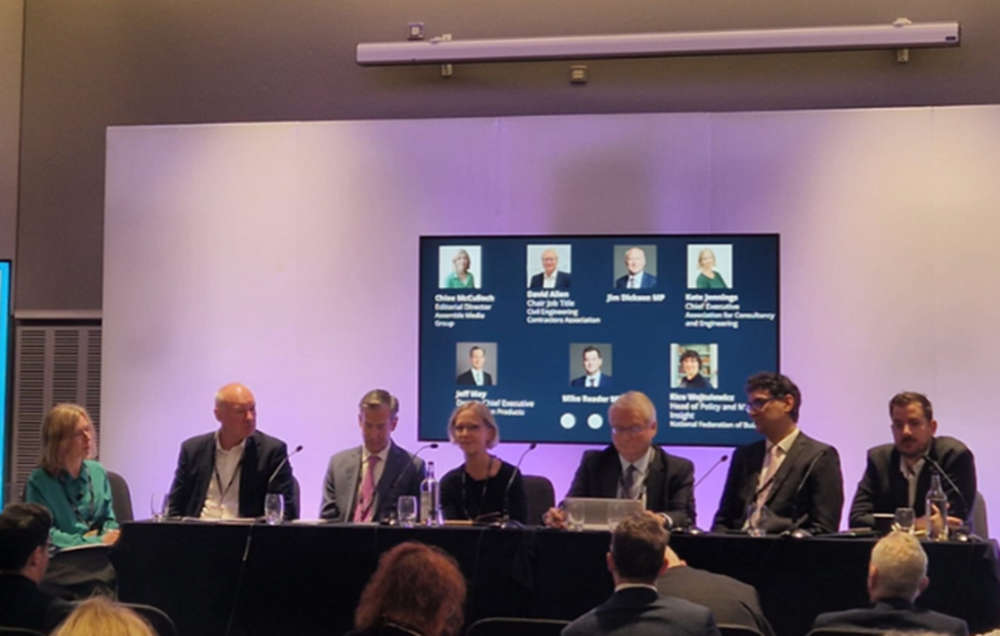
The discussion highlighted how the sector can provide the skills, homes, and infrastructure necessary to support growth and achieve net zero
On 30 September 2025, representatives from across the UK construction industry gathered with parliamentarians at this year’s Labour Party Conference for ‘The Big Construction Debate’, a prominent discussion on how the sector can provide the skills, homes, and infrastructure necessary to support growth and achieve net zero.
Representing the National Federation of Builders (NFB) was Rico Wojtulewicz, head of policy and market insight.
He highlighted that planning can be more than just permission to build, enabling placemaking and forward planning for further growth.
Two sessions addressed the sector's most significant challenges: skills shortages and low productivity.
Both threaten the Government’s ambition to build 1.5 million new homes, retrofit five million properties, and invest in vital national infrastructure.
Construction Minister Chris McDonald MP started by focusing on the three Ps: pipeline, people, and productivity.
He related this to his experience working in the steel and development industries. Mike Reader MP, the Government’s construction champion, highlighted the importance of procurement reform in delivering growth and greater opportunities for SMEs.
Ahead of the debate, the NFB, alongside other industry leaders, set out five policy asks for the UK Government:
- Improve pipeline visibility to support industry-wide workload forecasting, aligning training and recruitment with future demand.
- Remove the age cap on level 7 apprenticeships to enable lifelong learning and stronger university-industry collaboration
- Hold the government accountable for housing delivery by ensuring that the data on delivering new homes is transparent and that they are moving towards improving existing stock.
- Giving vocational and apprenticeship pathways equal prominence as university routes by mandating they have the same in-school career sessions.
- Ensure that infrastructure—both physical and educational—remains resilient to future economic, climate, and supply chain challenges.




 City & Guilds and CIPHE launch skills alliance to transform plumbing and heating education
City & Guilds and CIPHE launch skills alliance to transform plumbing and heating education
 Electrician turns tool theft trauma into tattoo and triumphs
Electrician turns tool theft trauma into tattoo and triumphs
 CPA commissioned report paints stark picture of the industry
CPA commissioned report paints stark picture of the industry
 Employees raise over £200,000 for The Screwfix Foundation
Employees raise over £200,000 for The Screwfix Foundation
 Builders’ body calls on Reeves to scrap housing tax threat
Builders’ body calls on Reeves to scrap housing tax threat






